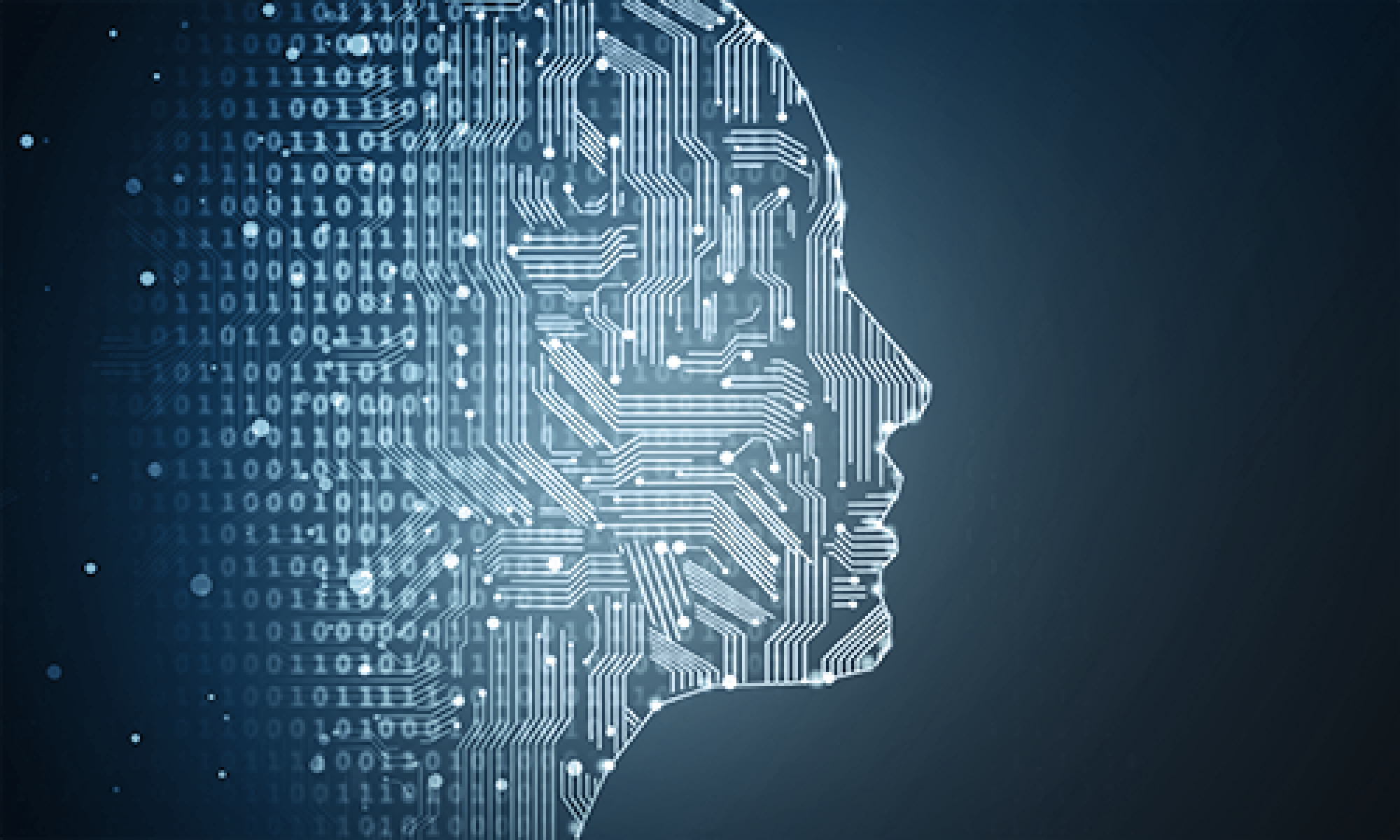This week I examined the toolchain needed for iOS development but realized it is not quite feasible to do that on my machine, which only has a Linux environment installed. Therefore I decided to fall back to writing Python programs, which probably makes it easier to connect to our signal processing or deep learning modules. I’ve already started to implement the game since we don’t expect significant changes to the game logic, and I’ll continue doing this next week. That aside, I also contributed part of the slides for the proposal presentation.
Chris’s Status Report for Feb 27
I practiced and gave the presentation for the proposal as well as worked on parts of the presentation slides. I worked with Lavender to try to come up with a control model for the system as a closed loop, but we are set back by the fact that detecting what exactly is the intention of the user is hard. We decide to have a simple model for now and move on from there once we obtain the actual headwear. I also drafted a list of possible calibration steps, and plan to make work on their feasibility next week.
Chris’s Status Report for Feb 20
Chris’s Status Report for Feb 20
I analyzed the technical challenges in EEG signal processing and came up with a set of tests and metrics to measure the performance. They are specified in the sections named “Requirements” and “MVP”. My priority for next week is to make the slides and prepare for the proposal presentation.
Lavender’s Status Report for Feb 20
Lavender’s Status Report for Feb 20
I researched different options we have for EEG devices and made our selection. The advantages and technical details are described in the second section of the abstract. Starting next week, I’m going to read up on EEG signal processing literature and share with my teammates about the possible methodologies we can experiment with.
Eryn’s Status Report for Feb 20
Eryn’s Status Report for Feb 20
I wrote up about the motivations of our project and the design of the mind-controlled game in the abstract, and proceeded to draw a UI to visually demonstrate what the game looks like. Next week I should start exploring the iOS system and make sure there will be no problem deploying our code. If otherwise, I will research other options and propose the best alternative.
Team Status Report for Feb 20
Team Status Report for Feb 20
Second week into the semester, we have the proposal abstract reviewed and finalized. Some risks we are aware of include the quality of raw EEG data we can retrieve from the device and potential roadblocks for an app release in iOS systems. Although we don’t have much former experience with the device we selected, we are confident about the data because there is an existing API successfully processed the data for controls. In the worst case scenario, we can fall back to using motion sensors of the EEG and control the game agent with head movements instead. As for the difficulties with iOS, we can always switch to Android or just a simple python program if necessary.
